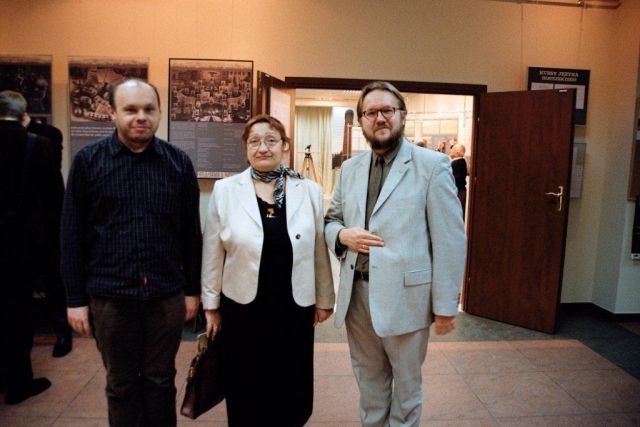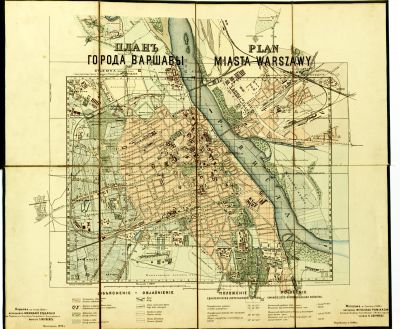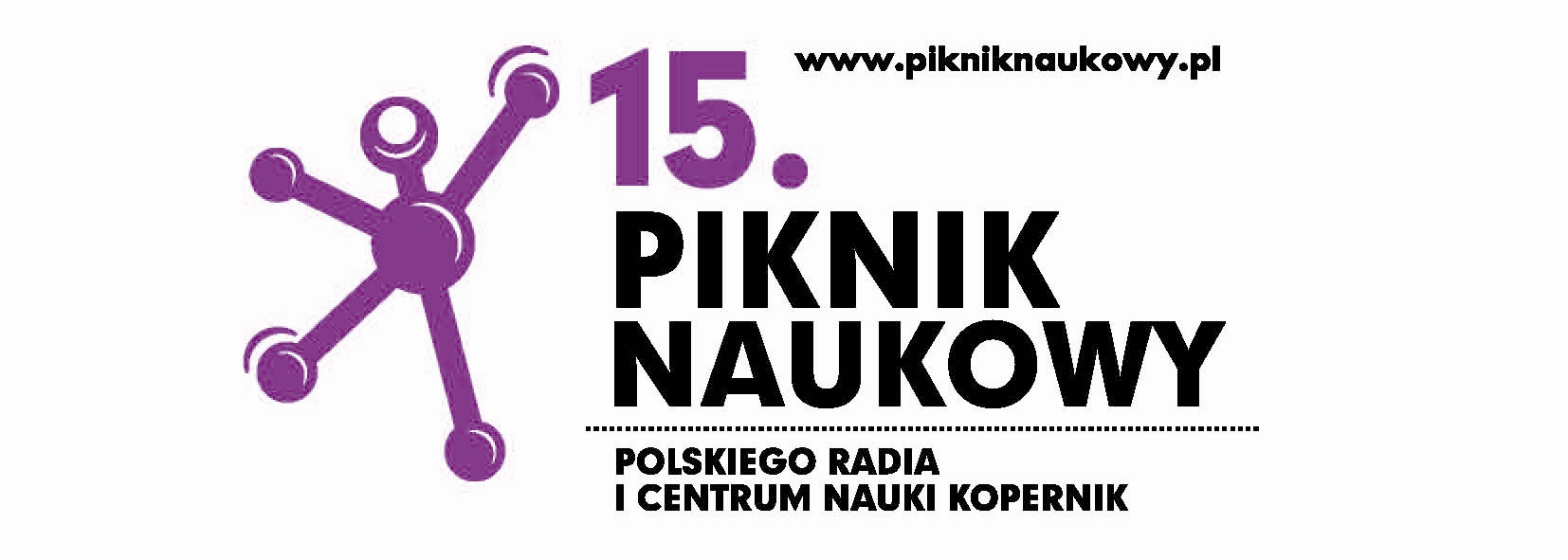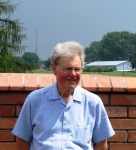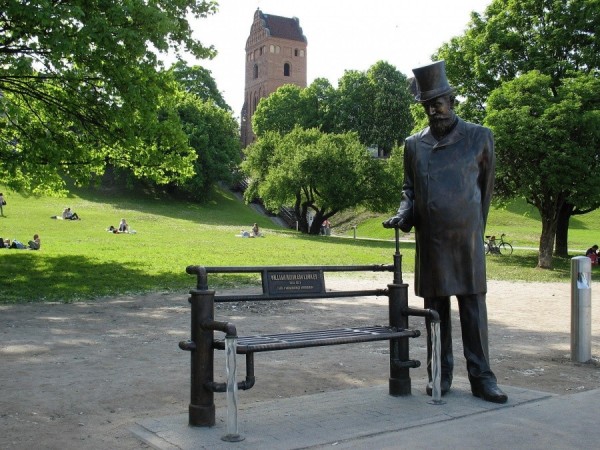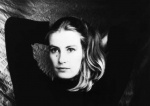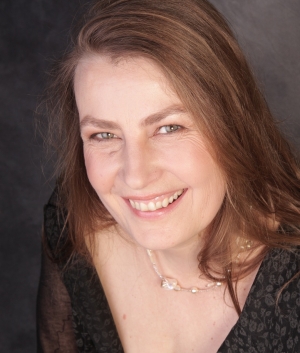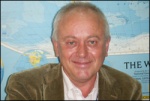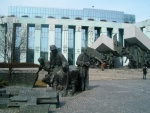Nowości
Robert Hugh Lindley Egerton (1931-2012)
Finally we have bench dedicated to William Heerlein Lindley!
"Our Star", soprano Maacha Deubner
22 March World Water Day!
Jan Rossman 'Wacek'. In the Warsaw Sewers.
The designer of Warsaw’s sewer system, an excellent English engineer by the name of William Lindley, did not expect that Warsaw’s municipal sewer system designed by him towards the end of the 19th century would be used as transportation for the military and the civilian population, as well as a place of combat. It was due to the existence of the municipal sewer system that the remnants of the Old Town’s defenders and its civil population disappeared mysteriously at the end of August 1944 during the Warsaw Uprising...




